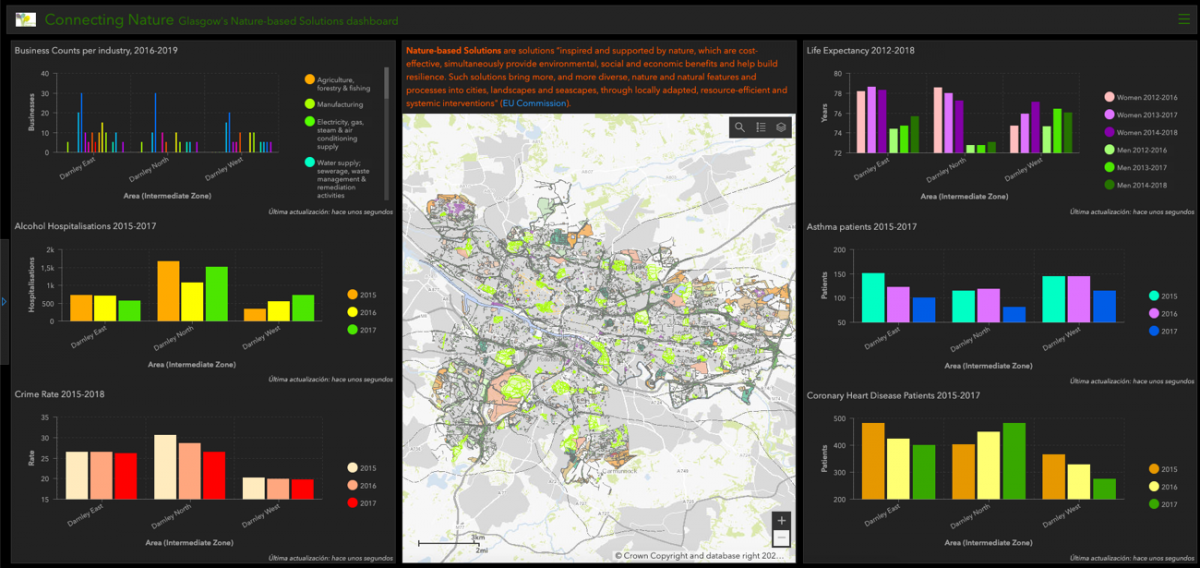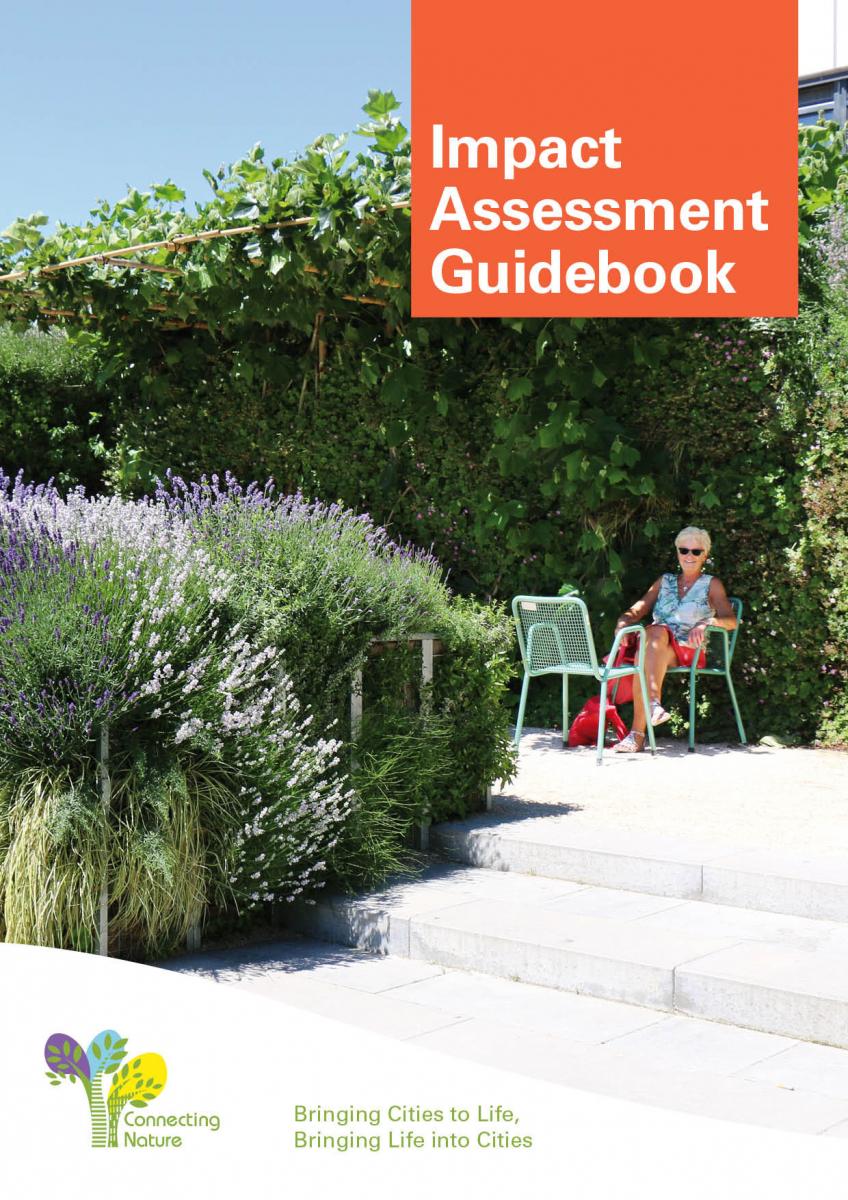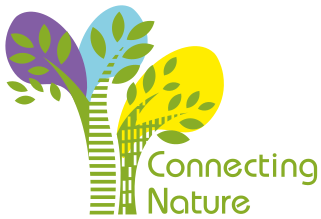A robust impact assessment framework entails careful reflection and planning of monitoring and evaluation processes which pertain to the design of nature-based solutions. By definition, nature-based solutions are multifunctional. NBS assessment is cardinal to evaluating the strengths and weaknesses of specific interventions against strategic city goals. The ultimate goal is to gather long-term solid evidence about nature-based solutions performance in particular urban contexts and for different social groups. In turn, this evidence can support smart policy decisions and adaptive co-management aspects of the NBS stewardship once installed, as well as enhance sustainability, wellbeing, and resilience in cities.
|
Types of indicators |
Classification and examples |
|
|---|---|---|
|
Outcome indicators |
|
|
|
Primary indicators |
|
|
|
Participatory planning and governance indicators |
|
|

The Glasgow Connecting Nature Dashboard (offers a good example of visually unifying and integrating different results sources.
 Impact Assessment Guidebook
Impact Assessment Guidebook
This guidebook presents the Connecting Nature process of developing robust monitoring and evaluation plans for nature-based solutions. Robust evaluation supports planners and decision-makers in building solid evidence-based understanding as to the impact of nature-based solutions and enhancing cost-effective and socially beneficial policy, building a foundation for scaled up delivery.
The Connecting Nature impact assessment framework has been co-produced by academic partners and representatives of three European cities in Connecting Nature, which are frontrunners in implementation of nature-based solutions. The framework aims at contributing to the development of a European standard for nature-based solutions monitoring and evaluation.
Download the Impact Assessment guidebook
Download the Bosnian version of the Impact Assessment guidebook
References
Creswell, J. W., & Creswell, J. D. (2018). Research design: Qualitative, Quantitative, and Mixed Methods Approaches. SAGE Publications.
Dumitru, A., García-Mira, R., Lenoir-Improta, R., Connop, S., Nash, C., Haase, D., Dushkova, D., Frantzeskaki, N., Lodder, M., Sillen, D., Sulea, C., Macsinga, I., Albulescu, P., Rhodes M. L., McQuaid, S., Collier, M., Dick, G., Martin, G., & Mowat, L. (2019). Deliverable 1.1 Report on the contributions of Tasks 1.1 to 1.4. CONNECTING Nature, Grant Agreement number 730222.
Dumitru, A., Frantzeskaki, N., & Collier, M. (2020). Identifying principles for the design of robust impact evaluation frameworks for nature-based solutions in cities. Environmental Science & Policy, 112, 107-116.
Carayannis, E. G., Barth, T. D., & Campbell, D. F. (2012). The Quintuple Helix innovation model: global warming as a challenge and driver for innovation. Journal of Innovation and Entrepreneurship, 1(1), 1-12.
CGIAR IEA. (2015). CGIAR standards for independent external evaluation. Retrieved from http://iea.cgiar. org/wp-content/uploads/2016/10/Standards.pdf
Frenken, K. (2017). A complexity-theoretic perspective on innovation policy. Complexity, Innovation and Policy, 3(1), 35-47.
Hardeman, S., Frenken, K., Nomaler, Ö., & Ter Wal, A. L. (2015). Characterizing and comparing innovation systems by different ‘modes’ of knowledge production: A proximity approach. Science and Public Policy, 42(4), 530-548.
Hölscher, K., Frantzeskaki, N., Lodder, M., Sillen, D., Notermans, I., McQuaid, S., Dushkova, D., Haase, D., Vandergert, P., Abulescu, P., Macsinga, I., Sulea, C., Quartier, M., van der Sijpe, K., Vos, P., Dick, G., Dziubala, A., Madajczyk, N., & Osipiuk, A. (2019). Deliverable 4: Report on outcomes of meetings, consultations, webinars and workshops leading to the publication of a ‘Co-creation for cities’ guidebook and infographics. CONNECTING Nature, Grant Agreement number 730222.
Hölscher, K., Lodder, M., Collier, M., Frantzeskaki, N., Allaert, K., Sillen, D., Dumitru, A., Connop, S., Vandergert, P., McQuaid, S., Quartier, M., van der Sijpe, K., Vos, P., Dick, G., Kelly, S., Mowat, L., Sermpezi, R., Dziubala, A., Madajczyk, N., & Osipiuk, A. (2020). The Connecting Nature Framework: facilitating and connecting innovations for the large-scale implementation of nature-based solutions. CONNECTING Nature, Grant Agreement number 730222.
Kenny, D. (1979). Correlation and Causality. New York: Wiley.
Qiu, J., Game, E. T., Tallis, H., Olander, L. P., Glew, L., Kagan, J. S., ... & Reed, J. (2018). Evidence-based causal chains for linking health, development, and conservation actions. Bioscience, 68(3), 182-193.
Mills-Scofield, D. (2012). It’s not just semantics: Managing outcomes vs. outputs. Harvard Business Review, 26.
Oppla (2019). Oppla is the EU Repository of Nature-Based Solutions. Retrieved from https://oppla.eu/about
